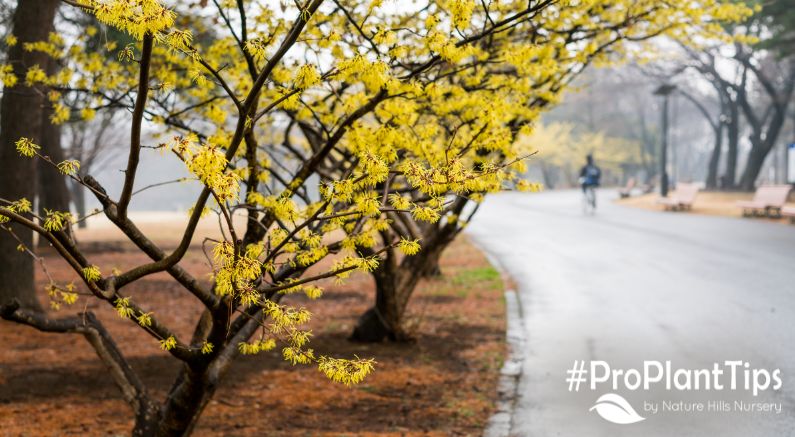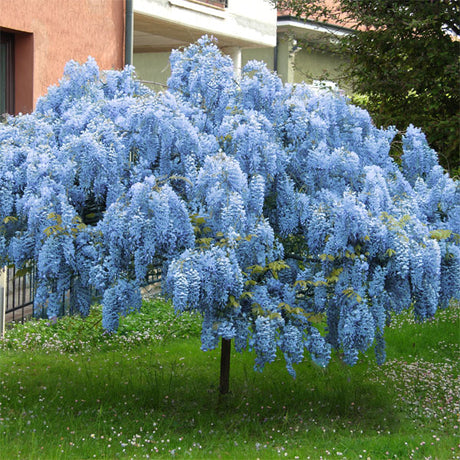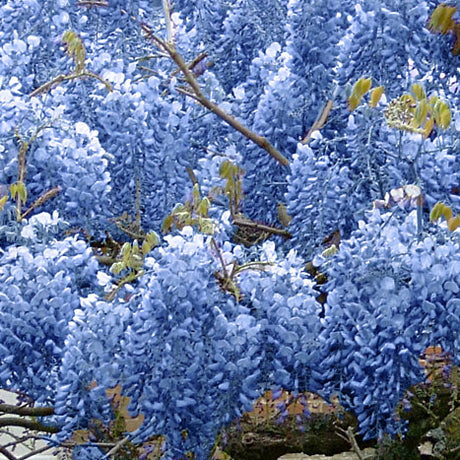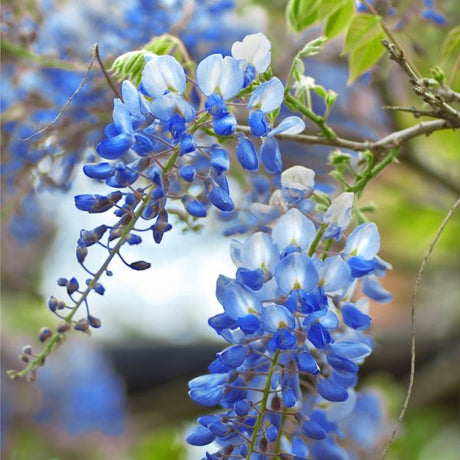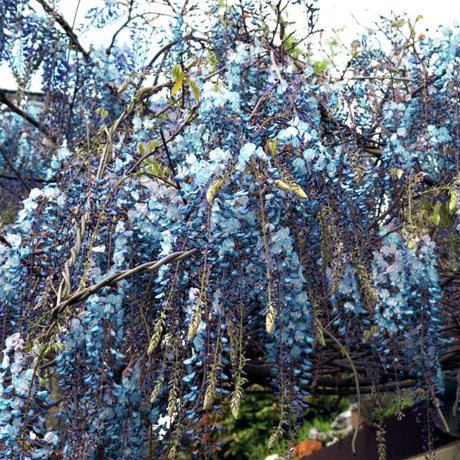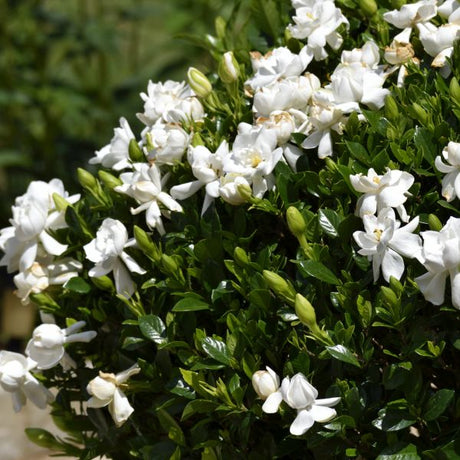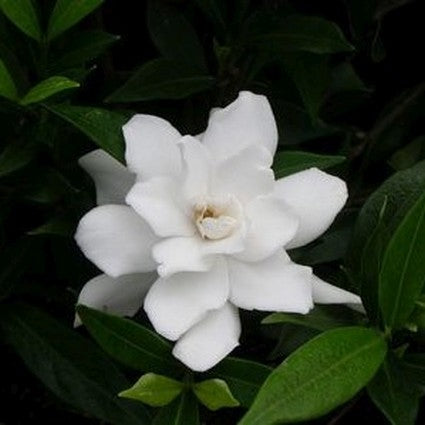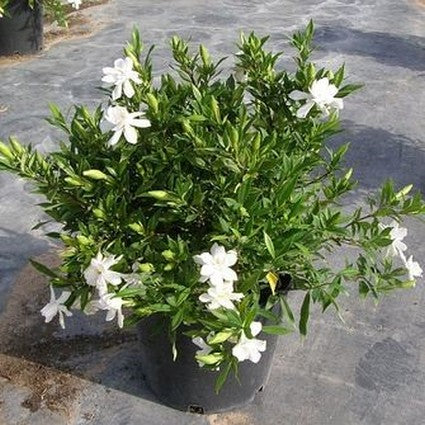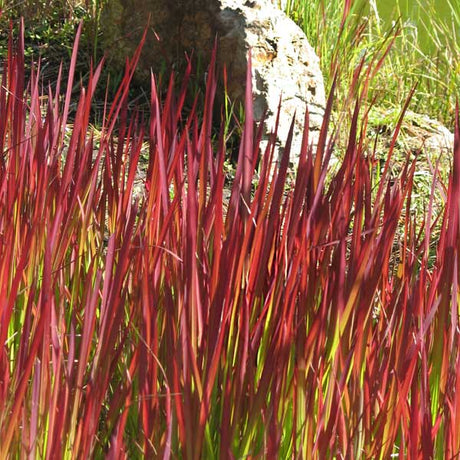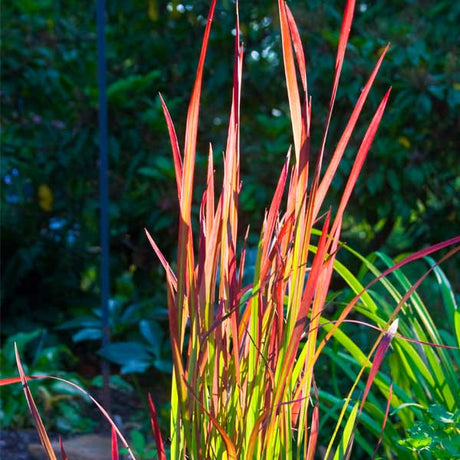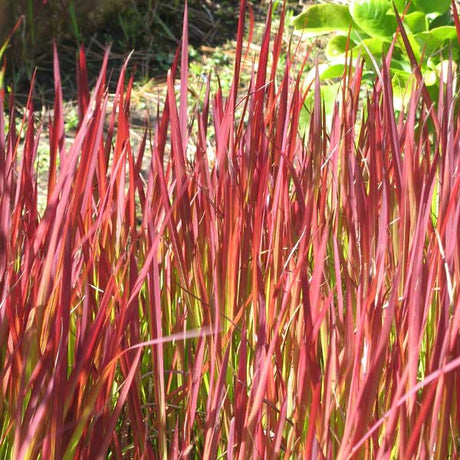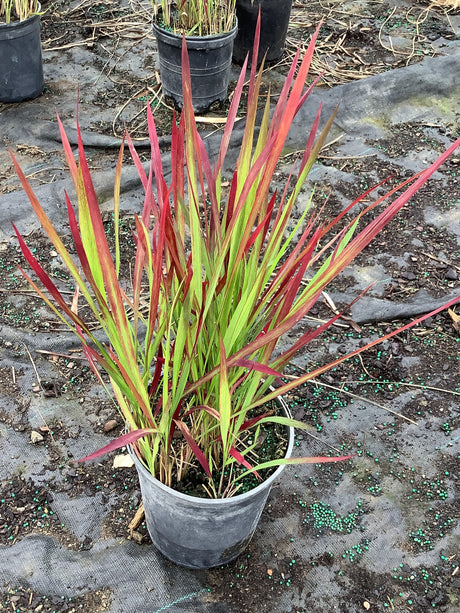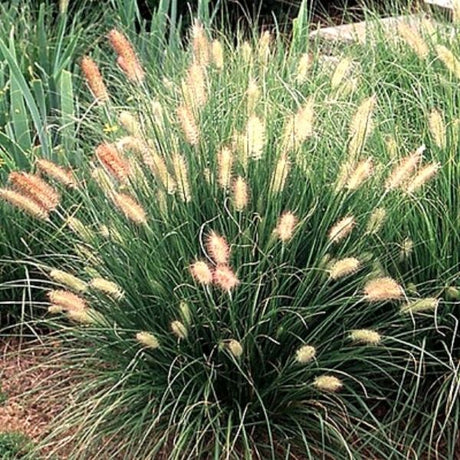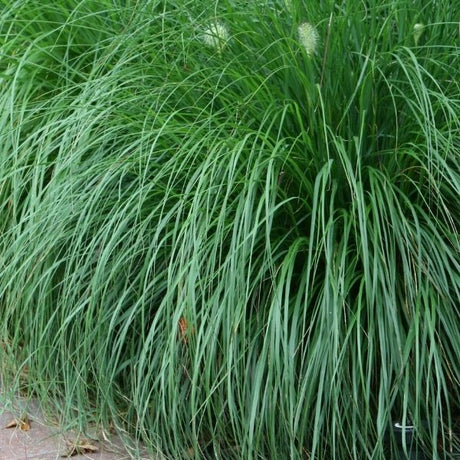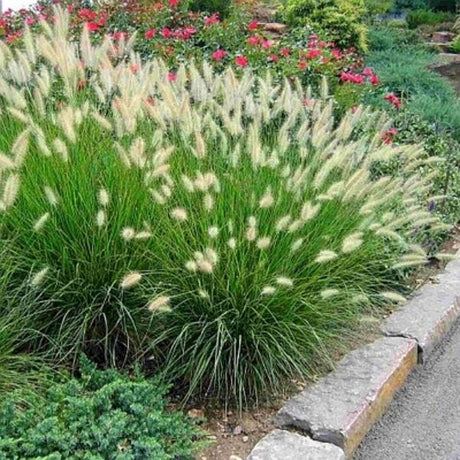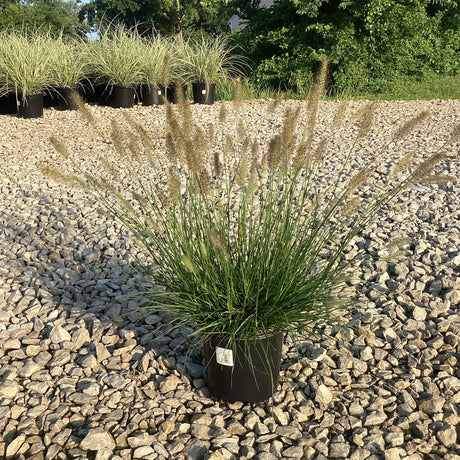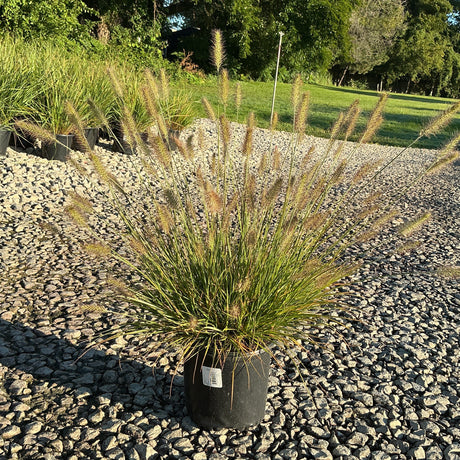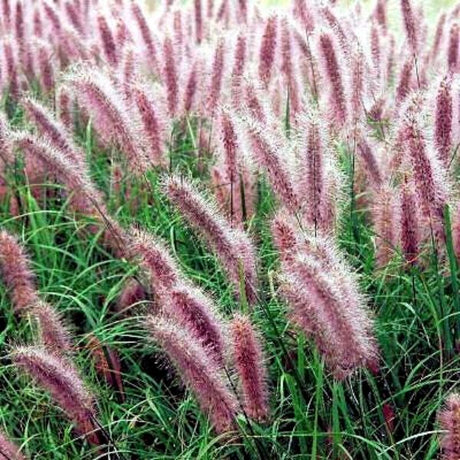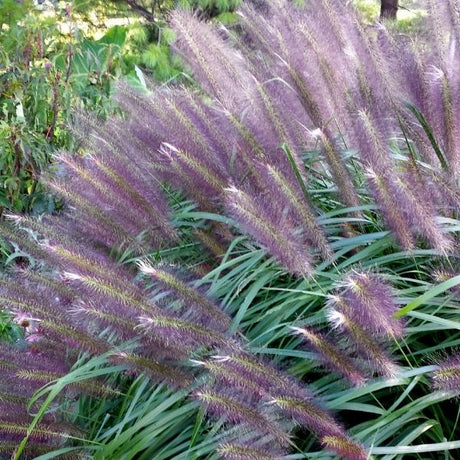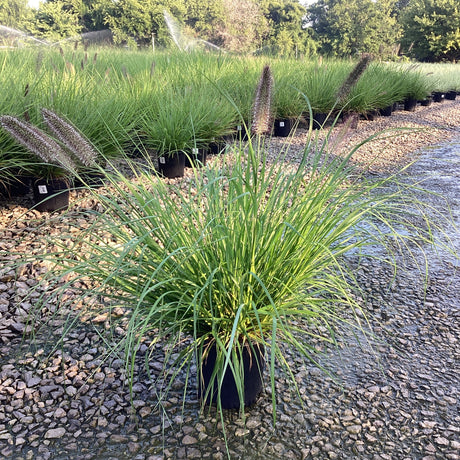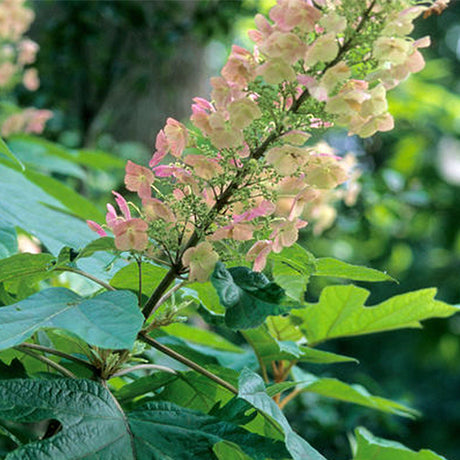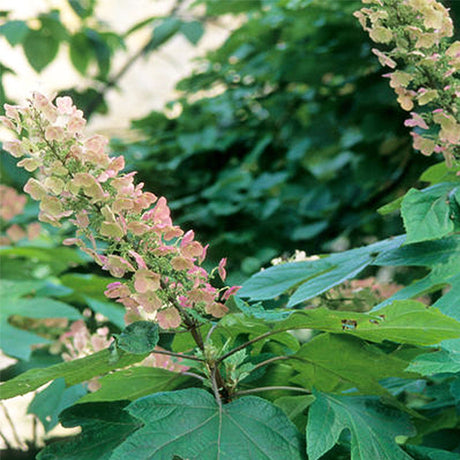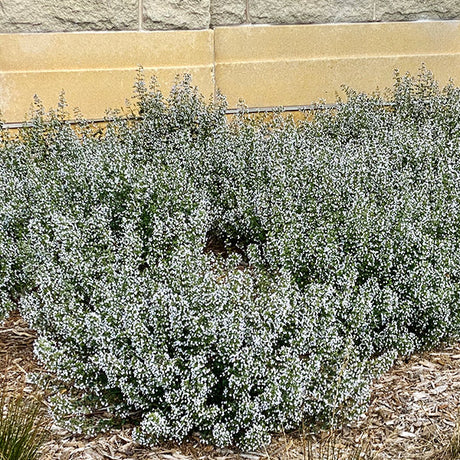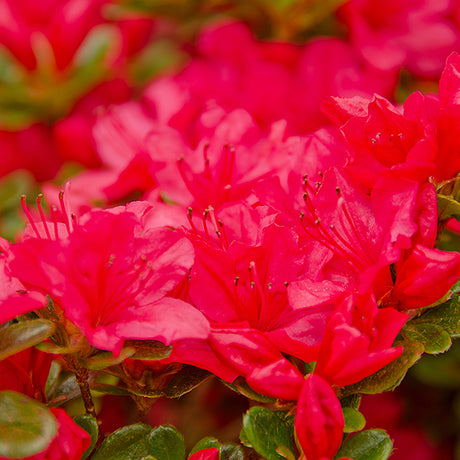Late blooming (or is it very early?) Witch Hazels support beneficial pollinators and add interest to your landscape when very few other plants are flowering!
If you're ever disappointed that after the last flush of flowers in the fall, very little is thriving to get you through the winter months, despair no longer - there is a plant that blooms from October through December! Witch Hazel is sure to be the star of your garden next winter!
People plant these unique deciduous shrubs, not just for their unusual season of blooms starting in late winter through early spring, but also for their medicinal properties!
You'll be pleased to learn how easy it is to grow these shrubs in your garden!
Get Acquainted With Witch Hazels
The forked branches of the Witch Hazel were once used as "divining rods" that pointed to the ground when they were waved over underground water sources; locating the possible site of a well. This practice known as "water witching" earned this shrub its name!

Witch-Hazel is a unique plant in that the flowers, ripe fruits, and next year's leaf buds are present simultaneously! The flowers are cold tolerant and can persist through multiple days of sub-freezing temperatures without issue!
These flowers resemble delicate sprays of confetti and are often bright yellow with a red center - turning the entire shrub into a festive ticker-tape parade. These flowers not only offer some winter interest but also have an intoxicating citrus scent that is both surprising and pleasant.
The Witch Hazel plant is nicknamed Winterbloom because of its late fall or winter bloom period.
- Hamamelis ovalis - Big-leaf Witch Hazel
- Hamamelis virginiana - American Witch Hazel
- Hamamelis vernalis - Like Ozark Witch Hazel
- Hamamelis japonica - Japanese Witch Hazel
- Hamamelis mollis - Chinese Witch Hazel
Of course, plant breeders have also brought modern hybrid mixes to market (Hamamelis x intermedia).
These low-maintenance, large shrubs are important flowering plants for Pollinators and color when you need them most!
The fruits of Witch Hazel are small dry capsules that can release seeds up to 30 feet! Many of the seeds do not survive predation by birds and environmental stress, so there is little concern with having Witch Hazel take over your landscapes. The capsules you see on your plant in the spring developed from the flowers the previous fall - they need a period of cold to develop fully.
The pleated, wavy scalloped edges of the green leaves add their own lovely texture all growing season. The foliage of compact Little Prospect Witch Hazel is variegated lemon-yellow and green for a pretty foliage display all season long. Textured leaves with prominent veining add to the visual appeal. The Common Witch Hazel (Hamamelis virginiana) offers a golden fall color display!
Landscaping With Witch Hazel
Fall in love with these shrubs! They'll mature into workhorses for screening and structure!

Use it as a backdrop to hide a shed or utility area. Witchhazel are understory plants that thrive in cool moist soils rich in organic matter.
Of course, you can also allow them to grow into dense, shrubby bushes. They perform beautifully as a backdrop or hedge. The slightly suckering and thicket-forming shrubs make them ideal for hedges and windbreaks as they propagate new plants over time.
However you choose to grow them, Witch Hazels are a critical nectar resource for beneficial pollinators! Grow them with other early bloomers like Serviceberry, Ivory Prince Lenten Roses and Pussy Willow. Other options include Host plants like Spice Bush and extended-bloom perennials. Plant in mixed shrub borders with other medicinals like Elderberry and St. John’s Wort.
Medicinal Witch Hazel Shrubs Grown at Home!
Witch Hazels have long been hailed for their astringent bark, which has served as a natural topical remedy. You may be familiar with Witch Hazel extract for skin care, used to soothe red, irritated skin and scalp, and minor skin irritation.

The bark and roots are preferred because they have the highest concentration of tannins; one of the chemical compounds that reduce inflammation and may contain antibacterial applications.
Sometimes spelled as one word Witchhazel, Witch Hazel astringent is useful to have on hand as part of your family's herbal supply for stings, bites, scratches, enlarged pores, and inflamed tissues.
Many over-the-counter products used on sores and swelling have ingredients that list Witch Hazel as a natural remedy! Grow a patch of Witch Hazel for your family's needs and feel like you are growing a medicine cabinet in your own backyard.
It's easy to boil, steam, or distill the bark to create Witch Hazel astringent. Please follow a reputable recipe from a clean source free of pesticides.
Caring For Witch Hazel Shrubs

Whether you want to grow your Witch Hazel for the beautiful seasonal displays or the health benefits, it's important to know what conditions it prefers for the healthiest plant that will survive for years to come!
Witch Hazel grows best in full sun to partial shade for best results, it needs a minimum of four hours of direct sunlight to bloom their best. Witch Hazel grows large, so be sure to have enough room for them. They also look best when allowed to grow to their full potential.
At full maturity, one shrub will range in size from 15 to 30 feet high and spread 15 to 25 feet wide. While this may sound like a broad range, many different cultivars will have different sizes, so be sure to pick which variety best fits your area.
They do best in loamy acidic soils but have been known to tolerate other conditions with little hassle, but can handle any kind of well-drained soil type.
New plants need regular watering, however, too much water will drown the shrub, so be sure the soil drains efficiently. Established shrubs, however, can hold their own in normal conditions. But this shrub can be sensitive to drought conditions, so provide supplemental moisture for your Witch Hazel during these trying times.
Mulching will also help keep the soil from drying out too quickly in the hot summer months and provide insulation during cold winters! Apply a 3-4 inch deep layer of arborist mulch over the entire root system. Provide annual slow-release Witch Hazel fertilizer to feed your plant.
Witch Hazels grow well in a variety of USDA Hardiness Zone! For best results, please review the details for the individual cultivar found in the Plant Highlights on every Nature Hills Nursery product page.
If deer are an issue in your landscape, protecting your young shrubs is essential, but as the shrub matures, it becomes less of an issue. Although deer seldom severely damage Witch-Hazel, you may need to watch and see if your plants need any protection from antler rubbing.
There is not much that will bother this plant, making it ideal for use in a low-maintenance, easy-to-take care of landscape. With its multi-seasonal beauty, its herbal uses, and its ease of care, Witch Hazel is an essential landscape plant you should consider using.
Make it a Witch Hazel Tree or Witch Hazel Shrub
Depending on what you need in your landscape, you can enjoy your Hamamelis as either a fantastic specimen or a screening hedge. Fine-tune your Witch Hazel to make it work for you!

When it comes to management, Witch Hazel is relatively self-sustaining. It may need light pruning to keep it in a manageable shape. Pruning should be done following bloom, so the flower buds will not be damaged. By pruning later, you'll get to enjoy the flowers during the winter months. Witch Hazel is resistant to many pests and diseases and will tolerate light deer browsing.
Engage in customized pruning to create a Witch Hazel tree or Witch Hazel shrub! Keep plants as small trees, either single-stemmed or multi-stemmed, by simply removing the lower limbs to expose more of the trunk.
Open the interior of the canopy for a noteworthy patio tree, or keep them in large Containers on your balcony for many years!
Incredible Medicinal Ornamentals!
Start your search for Witch Hazel shrubs and bushes here at Nature Hills Nursery!
Don't let another year go by without adding the mystique and charm of this fabulous native shrub or its cultivars to your landscape! Give your Witch Hazel a prominent position where you will be able to enjoy their unusual season of bloom!
Happy Planting!

